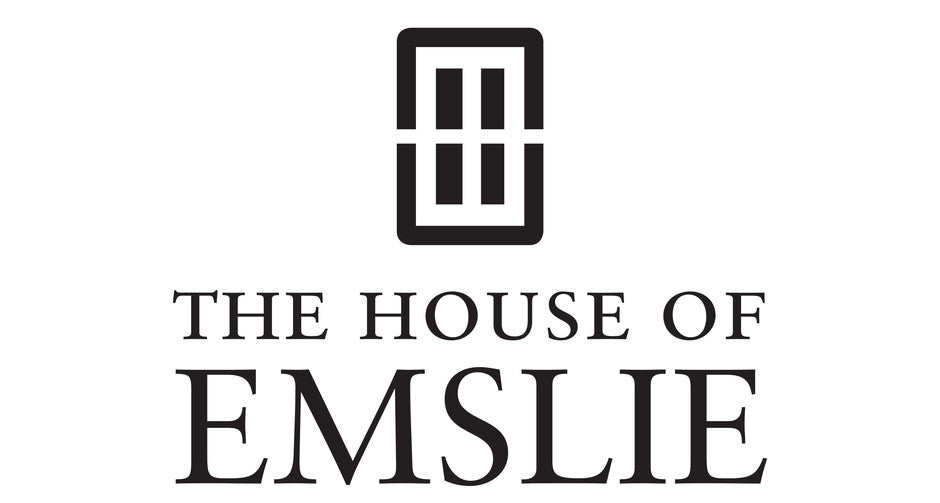Marico Revisited I
by Herman Charles Bosman
A month ago I revisited the Marico Bushveld, a district in the Transvaal to which I was sent, a long time ago, as a schoolteacher, and about which part of the country I have written, in the years that followed, a number of simple stories which I believe, in all modesty, are not without a certain degree of literary merit.
On the train that night on my way back to the Bushveld, I came across a soldier who said to me, ‘As soon as I’m out of this uniform, I’m going back to cattle-smuggling.’
These words thrilled me. A number of my stories have dealt with the time-honoured Marico custom of smuggling cattle across the frontier of the Bechuanaland Protectorate. So I asked whether cattle smuggling still went on. ‘More than ever,’ the soldier informed me. He looked out of the train window into the dark. ‘And I’ll tell you that at this moment, as I’m sitting here talking to you, there is somebody bringing in cattle through the wire.’
I was very glad to hear this. I was glad to find that the only part of my stories that could have dated had not done so. It is only things indirectly connected with economics that can change. Droughts and human nature don’t.
Next morning we were in Mafeking. Mafeking is outside the Transvaal. It is about twenty miles inside the borders of the Northern Cape. And to proceed to Ramoutsa, a native village in the Bechuanaland Protectorate which is the nearest point on the railway line to the part of the Groot Marico to which we wanted to go, we had first to get a permit from the immigration official in Mafeking. All this seemed very confusing, somehow. We merely wanted to travel from Johannesburg to an area in the north-western Transvaal, and in order to get there it turned out that we had first to cross into the Cape Province, and that from the Cape we had to travel through the Bechuanaland Protectorate, which is a Crown Colony, and which you can’t enter until an immigration official has first telephoned Pretoria about it.
We reached Ramoutsa late in the afternoon.
From there we travelled to the Marico by car. Within the hour we had crossed the border into the Transvaal. We were once more on Transvaal soil, for which we were, naturally, homesick, having been exiles in foreign parts from since early morning. So the moment we crossed the barbed-wire fence separating the Bechuanaland Protectorate from the Marico, we stopped the car and got out onto the veld. We said it was fine to set foot on Transvaal soil once more. And we also said that while it was a good thing to travel through foreign countries, which we had been doing since six o’clock that morning, and that foreign travel had a broadening effect on the mind, we were glad that our heads had not been turned by these experiences, and that we had not permitted ourselves to be influenced by alien modes of life and thought.
We travelled on through the bush over stony paths that were little more than tracks going in between the trees and underneath their branches, the thorns tearing at the windscreen and the hood of the car in the same way as they had done years ago, when I had first visited the Marico. I was glad to find that nothing had changed.
Dusk found us in the shadow of the Dwarsberge, not far from our destination, and we came across a spot on the veld that I recognised. It was one of the stations at which the bi-weekly Government lorry from Zeerust stopped on its way up towards the Limpopo. How the lorry-drivers knew that this place was a station, years ago, was through the presence of a large anthill, into the crest of which a pair of kudu antlers had been thrust. That spot had not changed. The anthill was still surmounted by what looked like that same pair of kudu horns. The station had not grown perceptibly in the intervening years. The only sign of progress was that, in addition to the horns on its summit, the anthill was further decorated with a rusty milk-can from which the bottom had been knocked out.
And so I arrived back in that part of the country to which the Transvaal Education Department in its wisdom had sent me years before. There is no other place I know that is so heavy with atmosphere, so strangely and darkly impregnated with that stuff of life that bears the authentic stamp of South Africa.
Next →
← Previous





